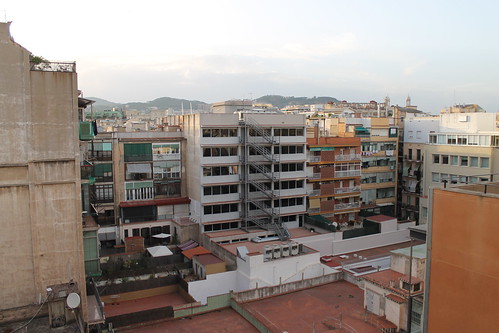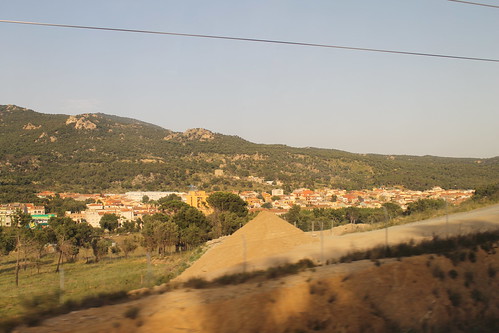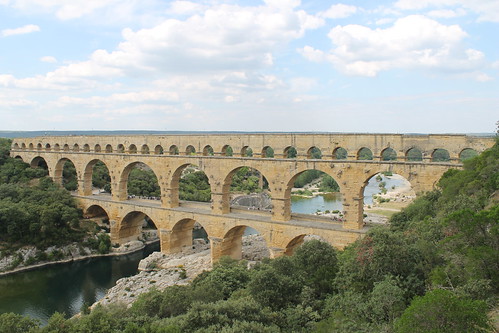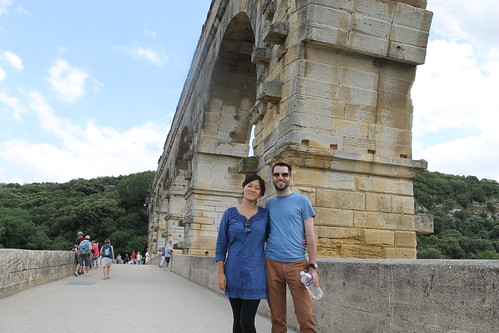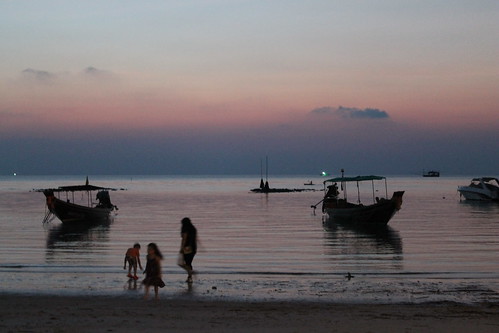I’m writing a very quick post from the magical land of Paris before I blast off for one more day here. Why is it magical? It must be because there is a roosting pigeon not one meter away from me. Outside the tiny balcony of my friend Dan’s apartment in the north of Paris, in the small sheltered space formed by the corner of the wall and the opened shutters of the balcony doors, a pigeon whom Dan has nicknamed Madame Verdurin is currently roosting with her two (or more) white eggs. Madame Verdurin herself is a character from Proust’s A La Recherche du Temps Perdu, a doorstopper of a novel which I’ve not had the honor to read yet, and this avian namesake of hers is one of the small things about Paris that is charming.
Magical it is in other realms as well — I have liked this city much better than I thought I was going to. Many nations’ capitals are busy, dirty, frustrating, expensive, and too big for comfort. Paris is quite a few of those things, and most definitely expensive, but at the same time, it is really quite beautiful too. We have been roaming, walking, eating, and seeing things non-stop. Steve and I are practically asleep on our poor feet these days, and fatigue sets in so easily. If I lived in a novel of the late 1800s, my acquaintances would say that I had a run-down constitution and needed to go out to the countryside for a few weeks’ rest and recuperation. Luckily, neither of us have gotten sick, but we are certainly heading back to Lyon tomorrow with a sense of relief. Continue reading A roosting pigeon.
